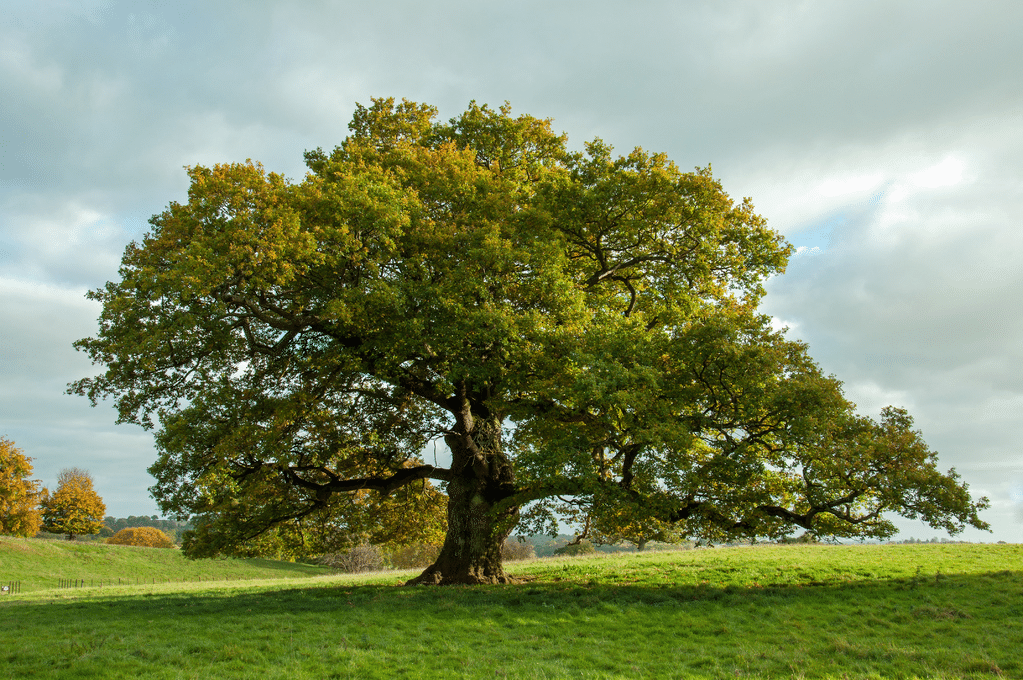The Trees Summary Class 10 English First Flight Chapter 7
| Table of contents |

|
| About the Poet |

|
| Key Points of the Poem |

|
| Detailed Summary |

|
| Theme/ Message |

|
| Difficult Words |

|
About the Poet
- The poet is Sylvia Plath, an American poet, novelist, and short-story writer.

- She is known for her confessional style of writing, exploring themes such as death, self-destruction, and the search for identity.
- Plath's works often reflect her personal struggles and experiences, making her a prominent figure in 20th-century literature.
Key Points of the Poem
- The poem describes a transformation where trees are moving out of a house and into a previously empty forest.
- The forest, once devoid of life, is depicted as rapidly becoming populated with trees overnight.
- The speaker, sitting inside, observes this phenomenon while writing letters and barely acknowledging the forest's departure.
- The night is vividly described, with the moon and the breaking glass symbolizing a significant change in the environment.
- The poem ends with the image of trees moving forward into the night amid the breaking moon.
- The poem consists of two stanzas with varying line lengths and a total of 32 lines.
Detailed Summary
Stanza 1
The trees inside are moving out into the forest,
the forest that was empty all these days
where no bird could sit
no insect hide
no sun bury its feet in shadow
the forest that was empty all these nights
will be full of trees by morning.
In this stanza, the poet describes a remarkable transformation happening within a house. The trees inside the house are depicted as if they are alive and are moving out into the forest that surrounds the house. The forest had been devoid of life for a long time, where no bird could perch, no insect could find refuge, and even the sun couldn't cast its shadow. However, this desolate forest is undergoing a profound change as the trees from the house are migrating back into it. By the next morning, the previously barren forest is expected to be teeming with trees, signifying a powerful and mysterious shift in the natural world.
Stanza 2
All night the roots work
to disengage themselves from the cracks
in the veranda floor.
The leaves strain toward the glass
small twigs stiff with exertion
long-cramped boughs shuffling under the roof
like newly discharged patients
half-dazed, moving
to the clinic doors.
This stanza elaborates on the process of the trees leaving the house. Throughout the night, the roots of the trees are tirelessly working to free themselves from the crevices in the veranda floor. The leaves are depicted as straining towards the glass, with small twigs appearing stiff from the effort. The larger branches, which have been cramped for a long time, are slowly moving out from under the roof, resembling patients who have just been discharged from a hospital and are still in a daze, making their way slowly towards the clinic doors. This vivid imagery conveys the sense of gradual but determined movement and transition of the trees from their confined space to the freedom of the outside world.
Stanza 3
I sit inside, doors open to the veranda
writing long letters
in which I scarcely mention the departure
of the forest from the house.
The night is fresh, the whole moon shines
in a sky still open
the smell of leaves and lichen
still reaches like a voice into the rooms.
In this stanza, the speaker is observed sitting inside the house with the doors open to the veranda. The speaker is engaged in writing long letters, yet interestingly, barely acknowledging the significant departure of the forest from the house. The night is described as fresh and serene, with the full moon shining brightly in the sky, which remains clear and open. The aroma of leaves and lichen still lingers in the air like a gentle voice that permeates the rooms, creating a sense of intimacy and connection with nature despite the extraordinary events unfolding outside.
Stanza 4
My head is full of whispers
which tomorrow will be silent.
Listen. The glass is breaking.
The trees are stumbling forward
into the night. Winds rush to meet them.
The moon is broken like a mirror,
its pieces flash now in the crown
of the tallest oak.
The final stanza portrays a sense of impending change and transformation. The speaker's mind is filled with whispers that will soon fall silent, hinting at a shift in the atmosphere. There is a sudden realization as the glass breaks, signifying a moment of rupture or transition. The trees are seen moving unsteadily into the darkness of the night, with the winds hastening to meet them. The moon, once whole and luminous, is now shattered like a mirror, its fragments gleaming in the top branches of the tallest oak tree. This imagery underscores a dramatic and surreal conclusion, leaving the reader with a sense of mystery and wonder about the evolving landscape and its implications.
Theme/ Message
Themes:
- Transformation: The poem explores the theme of change and transition as the trees move from confinement to freedom.
- Connection to Nature: It highlights the relationship between humans and nature, portraying nature's resilience and vitality.
- Isolation and Connection: The contrast between the empty forest and the populated one emphasizes themes of solitude and belonging.
Message:
- Nature's Resilience: The poem conveys nature's ability to reclaim spaces and thrive, even after periods of emptiness or neglect.
- Human Disconnection: Through the speaker's indifference to the forest's departure, the poem suggests a sense of detachment from natural surroundings.
- Cyclical Nature: The imagery of trees moving out and the moon breaking signifies a cyclical pattern of change and renewal in the natural world.
Difficult Words
- Disengage: To detach or separate.
- Exertion: Physical or mental effort.
- Lichen: A composite organism that arises from algae or cyanobacteria living among filaments of multiple fungi.
- Stanza: A group of lines forming the basic recurring metrical unit in a poem.
- Veranda: A roofed platform along the outside of a house, level with the ground floor.
- Resilience: The capacity to recover quickly from difficulties.
- Confinement: The state of being restricted in a space.
- Vitality: The state of being strong and active.
- Detachment: Lack of emotional involvement or interest.
- Cyclical: Recurring in cycles or in a periodic manner.
FAQs on The Trees Summary Class 10 English First Flight Chapter 7
| 1. What are the different parts of a tree? |  |
| 2. How do trees benefit the environment? |  |
| 3. How do trees contribute to human well-being? |  |
| 4. What are some common types of trees found in different regions? |  |
| 5. How can individuals contribute to tree conservation efforts? |  |




















